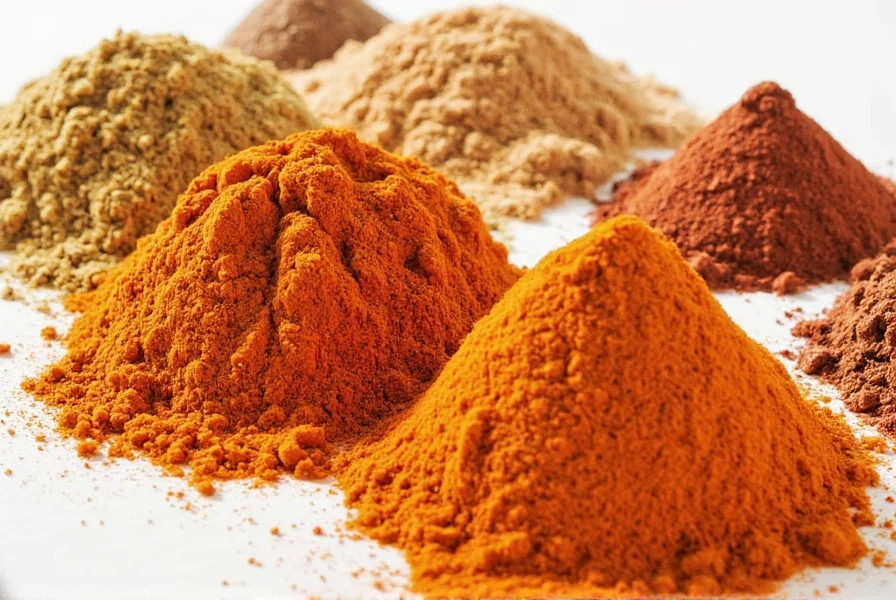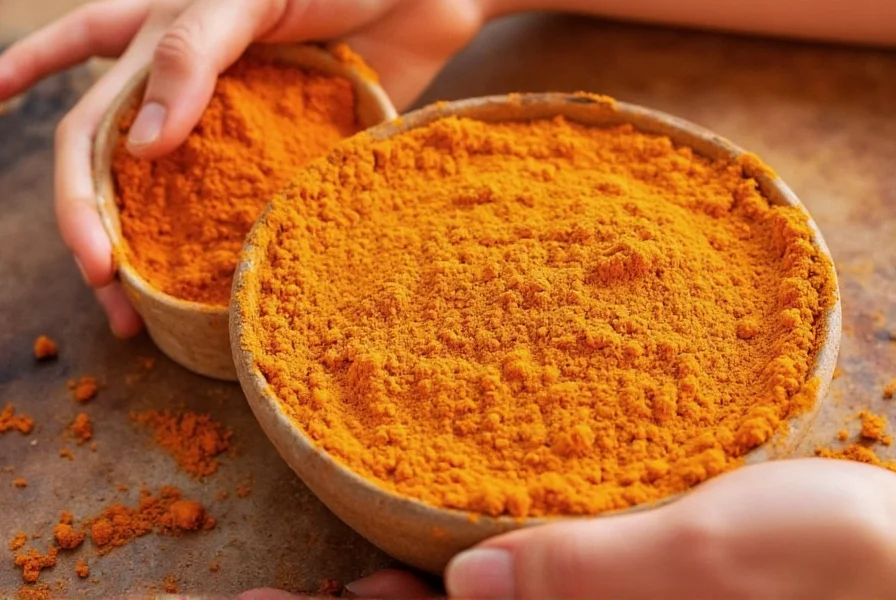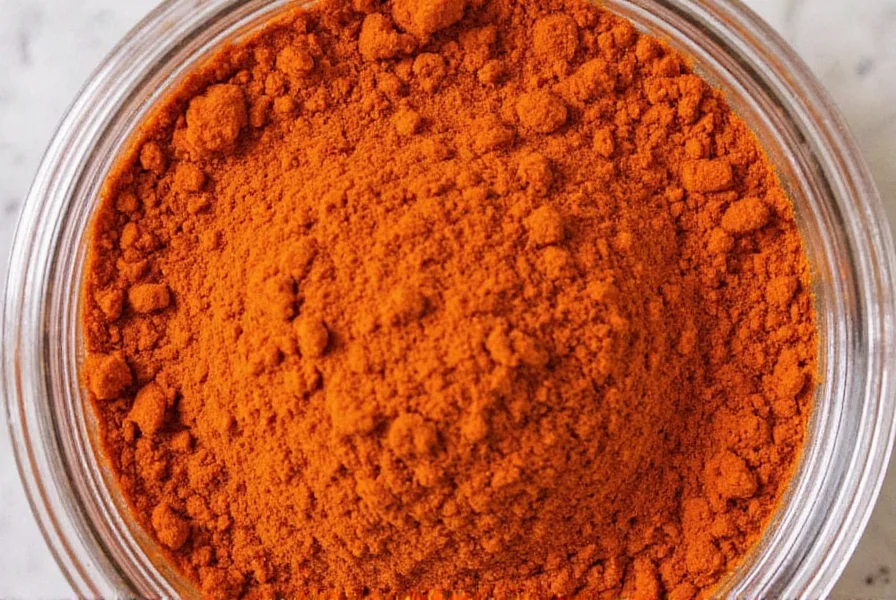Many home cooks confuse "spiced" with "spicy" when working with curry powders. True spiciness comes specifically from capsaicin-containing ingredients, not the aromatic spices that form curry powder's flavor base. Understanding this distinction is crucial for properly adjusting your blend.
The Science Behind Curry Powder Heat
Curry powder typically contains a balance of warm spices like turmeric, coriander, and cumin that create complex flavor but minimal heat. The actual spiciness comes from chili components. When you want to increase heat, you're specifically boosting capsaicin content—the compound responsible for that burning sensation.
Commercial curry powders often contain only mild chilies like paprika for color, which explains why many store-bought blends lack significant heat. To transform your curry powder from mild to fiery, you need to introduce hotter chili varieties.
Best Ingredients for Increasing Curry Powder Heat
Not all heat sources work equally well in dry spice blends. Here are the most effective options for making curry powder spicier, ranked by effectiveness:
| Heat Source | Heat Level (Scoville) | Recommended Amount | Flavor Profile |
|---|---|---|---|
| Cayenne Pepper | 30,000-50,000 | 1/4-1/2 tsp per tbsp curry powder | Sharp, clean heat |
| Dried Bird's Eye Chilies | 50,000-100,000 | 1/8-1/4 tsp per tbsp curry powder | Intense, floral heat |
| Hot Paprika | 10,000-20,000 | 1/2-1 tsp per tbsp curry powder | Smoky, slightly sweet |
| Crushed Red Pepper Flakes | 15,000-25,000 | 1/4-1/2 tsp per tbsp curry powder | Rough texture, variable heat |
Step-by-Step Method for Spicing Up Curry Powder
Follow this professional technique to properly increase your curry powder's heat level without compromising flavor balance:
- Start with quality base: Use a fresh, high-quality curry powder as your foundation. Old or stale blends won't absorb additional spices well.
- Measure precisely: For every tablespoon of curry powder, begin with 1/8 teaspoon of your chosen heat source.
- Mix thoroughly: Combine in a small bowl using a whisk to ensure even distribution—clumps of pure chili powder will create uneven heat.
- Rest the blend: Let the modified powder sit for at least 2 hours (overnight is better) to allow flavors to meld.
- Test carefully: Mix 1/4 teaspoon of your spiced-up blend with 2 tablespoons of warm oil before tasting—this simulates cooking conditions.
- Adjust incrementally: Add more heat source in small increments until you reach your desired spiciness level.

Avoid These Common Mistakes
Many home cooks make these critical errors when trying to make curry powder spicier:
- Adding fresh chilies to dry powder: Moisture from fresh peppers causes clumping and reduces shelf life
- Using too much cayenne: Overpowering heat that masks other flavors (stick to maximum 1/2 teaspoon per tablespoon of curry powder)
- Not considering regional differences: Indian curries traditionally use Kashmiri chilies for color with moderate heat, while Thai curries rely on bird's eye chilies for intense fire
- Skipping the resting period: Freshly mixed spices need time for flavor integration
Creating Balanced Heat Profiles
Professional chefs understand that great heat has dimension. For complex spiciness in your curry powder:
- Combine cayenne (immediate heat) with black pepper (building warmth)
- Add a pinch of ground ginger to enhance heat perception without additional capsaicin
- Include 1/16 teaspoon of ground cloves per tablespoon of curry powder to create a lingering warmth
- For authentic Thai-style heat, add ground dried bird's eye chilies along with a touch of lemongrass powder
Storage Considerations for Spiced-Up Curry Powder
Increasing the chili content affects shelf life. Spicy curry blends:
- Lose potency faster than mild blends (use within 2 months for maximum heat)
- Require airtight, opaque containers to preserve capsaicin
- Benefit from refrigeration in humid climates to prevent moisture absorption
- Should never be stored in plastic containers (capsaicin can degrade plastic)

Application in Cooking
When using your spiced-up curry powder, remember that:
- Oil-based cooking methods (tempering) release more heat than dry roasting
- Acidic ingredients like tomatoes can intensify perceived heat
- Dairy components (coconut milk, yogurt) will moderate the spiciness
- Heat develops over cooking time—add spicy curry powder early for integrated heat, late for sharper kick
For the best results when making curry powder spicier, always taste as you go and remember that you can always add more heat, but you can't remove it once incorporated. The perfect spice level balances heat with the other complex flavors in your curry blend.











 浙公网安备
33010002000092号
浙公网安备
33010002000092号 浙B2-20120091-4
浙B2-20120091-4